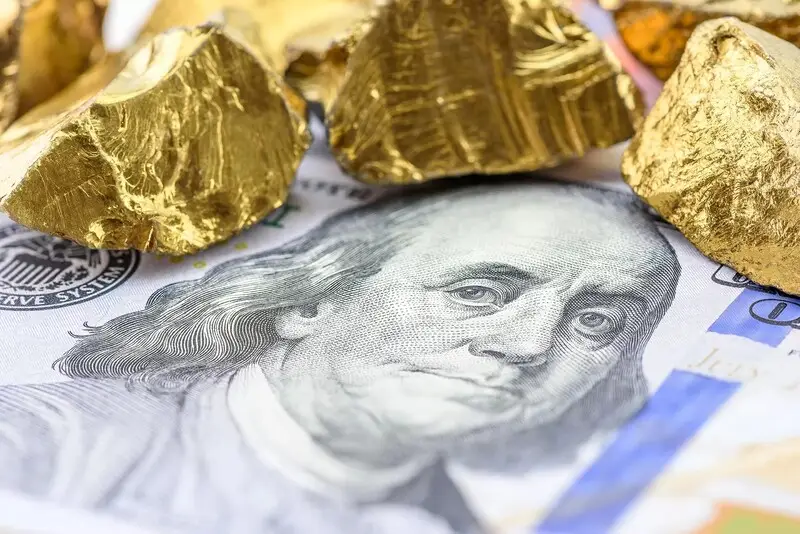Gold is among the top-performing assets in the commodity markets, printing new all-time highs every month in 2024. The precious metal has soared close to 32% year-to-date and is still attracting bullish sentiments in the indices.
The XAU/USD chart, which tracks the performance of gold, shows the metal hovering around the $2,726 price range. It is up nearly 11 points in the day’s trade and has surged by 0.40%.
Also Read: Foreign Investments in the Chinese Yuan Reach $640 Billion
While gold is the most sought-after asset in the commodity market, its accumulation has pushed it into ‘overbought’ territory. This comes with risk, as a major price dip could be on the cards. Recent data published by Barchart shows that gold is the most overbought asset in five years.
Also Read: US Dollar Fights for Survival as De-Dollarization Advances Globally
Should You Sell Gold Now at Rebuy at Dips?

When an asset reaches overbought territory, the chances of a price reversal remain high. Institutional investors are prime to indulge in sell-offs and initiate profit bookings that could ignite a chain of sell orders. This puts gold under pressure, as its price has peaked in the charts.
Also Read: Tesla (TSLA) Says None of Its $763M Bitcoin Was Sold in Q3 2024
In addition, investors will bet on a price reversal and take short positions when an asset enters the overbought zone. The last time gold reached the overbought territory was five years ago, in 2019. The demand for the metal had dipped by more than 1% during that time as investments flew into ETFs and other commodities.
However, the difference between 2019 and 2024 market cycles is much different. Gold delivered average to basic returns in 2019 but is attracting all sorts of investors in 2024. Central banks of developing countries have massively accumulated assets since 2022 and are diversifying their reserves.
There is a slim chance that central banks will initiate a sell-off on gold. Therefore, it’s best to hold on to the asset rather than sell currently, as the demand is coming from central banks this time.






